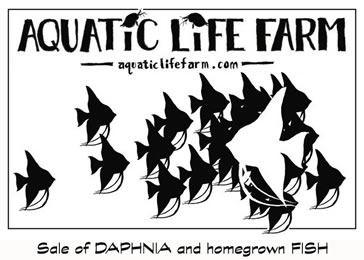Under the listing for N. anomala some comparative taxonomics:
http://www.cichlidae.com/gallery/species.php?id=329
Diagnosis: Nannacara anomala as currently understood (but see comments below) differs from
Nannacara quadrispinae by having three vs. four or five anal spines, a more slender body and a smaller interorbital width. It differs from
N. taenia by attaining a larger size, developing a strong sexual dimorphism, and the absence of narrow dark horizontal lines along the upper/lower parts of body scales. From
N. aureocephalus,
Nannacara anomala differs in attaining a smaller size, by an usually more slender body, a larger eye (but allometry is possible), lack of red spots and vermiculations on the head, and absence of rows of dark spots in the soft parts of the unpaired fins (compiled from Allgayer 1983, Kullander & Nijssen 1989, Staeck & Schindler 2004 and own observations).
Comments: Nannacara anomala has a rather curious taxonomic history. The type material is part of a large collection of fishes from middle Essequibo River brought together by Mr. Ehrhard in the early 1860s. When Albert Günther (1863) examined this collection, he believed that the specimens were conspecific with a larger fish of the same collection. Thus, he described the material as a single new species,
Acara punctulata. Pellegrin (1904) was the first to recognize, that two species were included in the description. He identified the large specimen as conspecific with
Crenicara elegans Steindachner, 1875, which consequently had to take the name
C. punctulata due to priority. The smaller specimens he identified tentatively as
Biotodoma [now
Apistogramma]
agassizi. Regan (1905a) selected the large specimen (by listing it as the single “type of the species”) as lectotype for
A. punctulata. Later in the same year, he founded on the two smaller specimens retained in the London Museum the new genus and species
Nannacara anomala, pointing out that it cannot be conspecific with
B. agassizi for lacking the epibranchial lobe typical to geophagine cichlids and having a scaly preopercle.
Interesting enough, the species well known to us as
Nannacara anomala was never again reliably recorded from the Essequibo River. Instead, there is a clearly different species in the Middle Essequibo. It is tentatively referred to as
Nannacara sp. ‘Essequibo’ in the German hobby literature (Staeck & Schindler 2000, Stawikowski 2002, 2005), but there are some indications that it represents the true
N. anomala, whereas the species commonly known under that name is actually an undescribed species. However, I strongly recommend retaining the names as they are until all pieces of evidence are brought together.
Independently of that issue, it is possible that several species are hidden under what is now referred to as
Nannacara anomala. The westernmost form of the Aruka drainage is particularly slender, and some specimens have four anal spines. This form is called
Nannacara sp. 'Mabaruma' (Staeck & Schindler 2000, Stawikowski 2005). The beautiful emerald green form, to which our old aquarium strain is referable, occurs particularly in the area of the lower Demarara River. In Suriname and French Guyana, at least from the Coppename River to the Marowijne/Maroni drainage, occurs a form with a yellowish-green iridescence on the flanks, a bright yellow head and blue anal and caudal fins. From Pripri Yiyi in French Guyana, another form is known which altogether resembles the Demerara form, but shows a bright blue-green iridescence and is said to stay smaller. This species is sometimes referred to as
Nannacara sp.’Yiyi’ (Neumann 2004, Stawikowski 2005). It is yet unknown if these forms are sharply delimited or if they intergrade.
If you appreciate the time and energy that it takes to put together information of this quality, please consider supporting Cichlid Room Companion here: http://www.cichlidae.com/docs/membership.php

